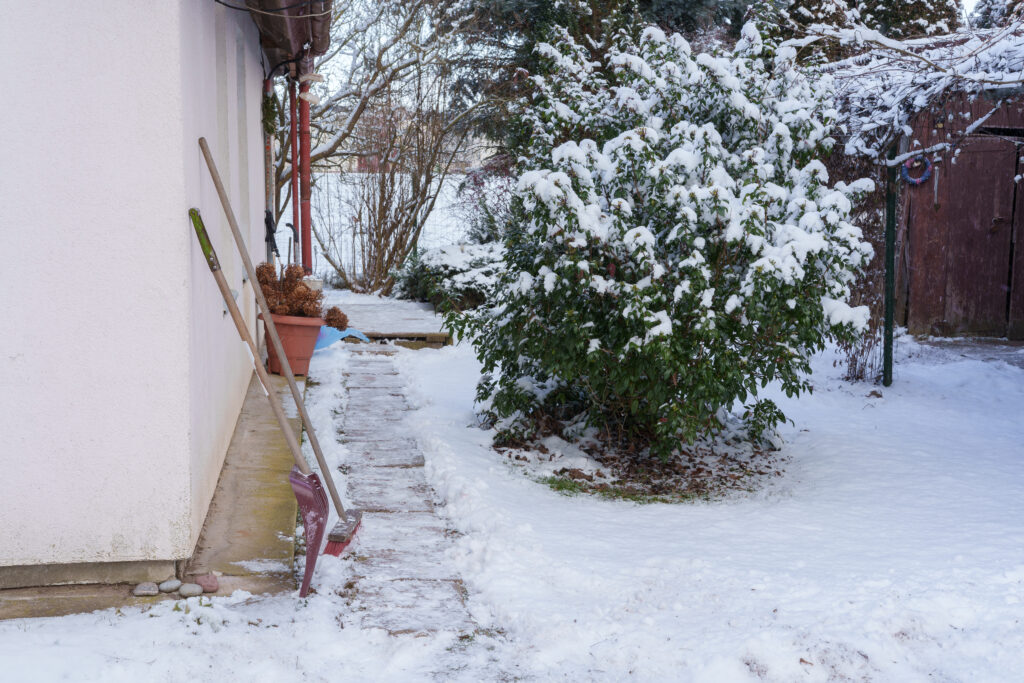Resurfacing vs. Replacement: What to Do If Concrete Shows Surface Damage

When winter deicing is followed by concrete damage, the immediate instinct may be to fear the worst—especially if you see chipping, flaking, or pitted surfaces. However, not all damage warrants a complete concrete replacement. In most cases, especially where Safe Paw or Safe Thaw has been used appropriately, the underlying concrete structure remains intact. Surface-level issues like scaling or popping can often be addressed through resurfacing, not a full tear-out.
Why Resurfacing Is Often the Right Answer
The key difference lies in what’s damaged. If your concrete is cracked through its base or structurally compromised, replacement becomes necessary because the foundation has failed. However, scaling, which is the loss of the top 1/4 inch to 1/2 inch of surface concrete, is a cosmetic and surface-level issue. It doesn’t mean the core of your slab is damaged. In these cases, resurfacing becomes a practical solution.
Resurfacing involves applying a new layer of bonding material over the existing slab. This topcoat adheres to the concrete mass and restores both the appearance and surface durability without the cost, labor, or environmental disruption of demolition. It’s faster, cleaner, and far more economical—especially when you’re not dealing with deep structural compromise.

